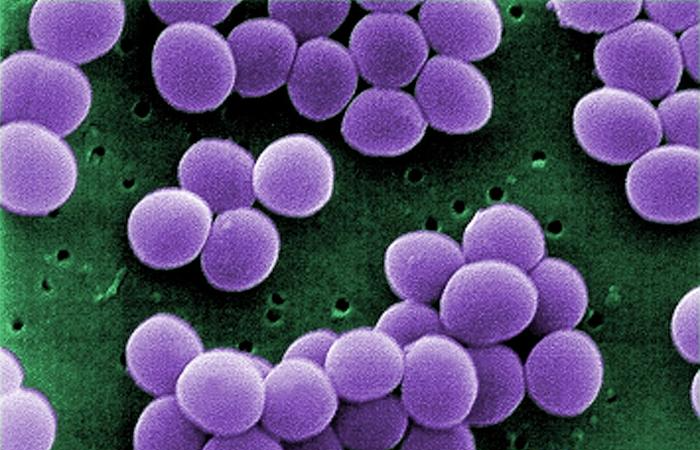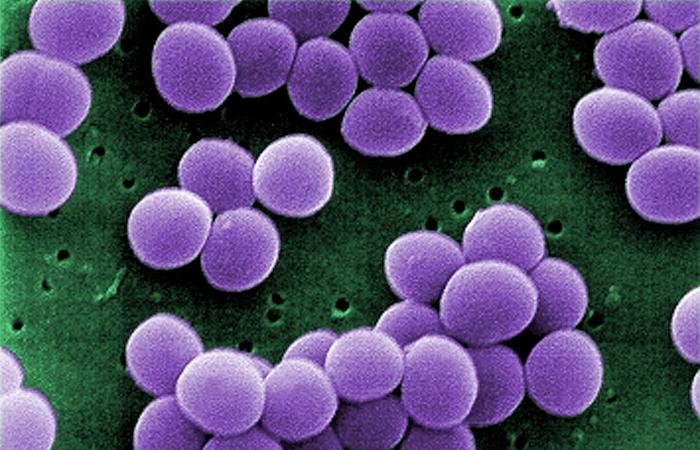Reducing Persistence of Antibiotic Resistance
In 1940, 12 years after Alexander Fleming discovered penicillin, microbiologists made a concerning discovery: a strain of the bacteria Escherichia coli had developed resistance to the new, life-saving drug. Antibiotic resistance of disease-causing bacteria is now a global problem, with bacteria continually evolving mechanisms that prevent such drugs from killing the organisms or inhibiting their growth. Now Vanderlei Bagnato of the University of São Paulo and his colleagues have developed a light-based approach that could help reduce this trend in a Staphylococcus bacterium that can cause skin infections and pneumonia [1]. The researchers presented their technique at the recent SPIE Photonics West 2024 conference in San Francisco.
If the current trend continues, epidemiologists predict that the number of people infected by antibiotic-resistant bacteria will reach 225 million worldwide by 2030. By 2050 these bacteria will cause 10 million deaths annually. Studies show that infections acquired in hospital are increasingly prone to this problem. “People are dying every day in [intensive care wards] from resistant bacteria. If someone acquires pneumonia, and antibiotics don’t work, they’re in trouble,” Bagnato says.
One route to tackling antibiotic resistance is to develop new drugs, which is a costly process. Another route—and one that is becoming increasingly popular—is to inhibit antibiotic-eluding mechanisms that a bacterium develops as it evolves. This inhibition can be achieved using light, a process those in the field call photodynamics, and the route Bagnato and his colleagues have taken. “We’re using photodynamics to reverse resistance so that antibiotics can act again,” he says.
The approach developed by Bagnato and his colleagues involves introducing into a bacterium dyes that produce reactive oxygen after absorbing light. This oxygen oxidizes and destroys structures within the bacterium that are linked to antibiotic resistance without killing the organism. For example, reactive oxygen can chemically modify structures in Staphylococcus aureus that facilitate the translation of proteins and enzymes required for cell survival. These modifications can help antibiotics bind to the cell and, in doing so, inhibit this protein-synthesis machinery.
In a recent trial of the technique, Bagnato and his team collected serum samples from hospital patients who had developed antibiotic-resistant S. aureus infections. They also cultivated antibiotic-resistant S. aureus in the lab. In a petri dish, they combined each sample with a photosensitive dye made from curcumin, a pigment present in turmeric. They illuminated the bacteria–dye mixture with a 450-nm laser beam for 4 minutes, and then gave the cells nutrients for 6 hours, enough time for a new generation of the bacteria to develop. The researchers repeated these two steps five times in total, checking the antibiotic susceptibility of the colony to various drugs after each repetition.
After five cycles, the researchers found that the initially antibiotic-resistant samples were now susceptible to each of the tested drugs to within clinical standards. “Realizing that photodynamic intervention could help to extend the use of antibiotics and provide support in addressing antimicrobial resistance is exciting,” says Jennifer Soares, a colleague of Bagnato at the University of São Paulo and a member of the trial team.
Leon Leanse, a molecular biologist who studies photomedicine at the University of Gibraltar agrees. “In our current post-antibiotic era, this [technique] represents an innovative and imminently practical approach to help attenuate the negative impact of antimicrobial resistance on public health,” he says. Meanwhile, Sanjay Marasini, a biomedical researcher at the University of Auckland in New Zealand and an expert in light-based infection management, offers a more tempered view of the impact of the new technique. “This technique could add benefits to manage localized infections, for example, skin wounds caused by antibiotic resistant bacteria,” he says. But fully treating systemic infections is a different story.
Bagnato and his team are now developing a version of their method that they hope could do exactly that—treat patients infected with antibiotic-resistant strains of pneumonia. This method involves the patient inhaling a light-sensitive molecule that responds to infrared wavelengths. The molecule is activated using an infrared laser source that is external to the body and that can penetrate soft tissue without causing damage. Upon activation, the dye interacts with the pneumonia bacteria, destroying any antibiotic-defense mechanisms they may have. “We have some steps to go before human testing,” Bagnato says. “But clinical folks are on board, and I think we’re getting close to a clinical trial.”
–Rachel Berkowitz
Rachel Berkowitz is a Corresponding Editor for Physics Magazine based in Vancouver, Canada.
References
- J. M. Soares et al., “Recovering the susceptibility of antibiotic-resistant bacteria using photooxidative damage,” Proc. Natl. Acad. Sci. U.S.A. 120 (2023).





